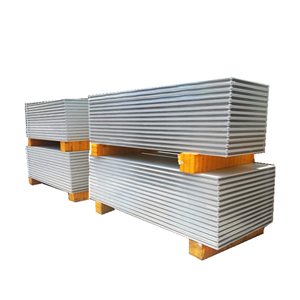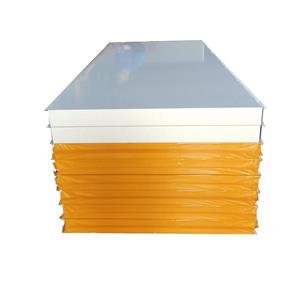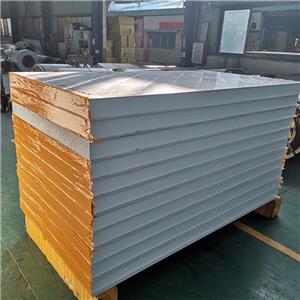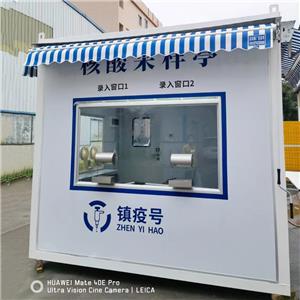Sound absorption performance of Guangdong SAMZOON purified rock wool sandwich panel
The sound absorption performance of Guangdong SAMZOON purified rock wool sandwich panel: When the thickness is constant, the unit weight increases, and the mid-low frequency sound absorption coefficient also increases. However, when the unit weight increases to a certain extent, the material becomes dense, the flow resistance is greater than the corresponding flow positive force, and the sound absorption coefficient decreases. For the bulk density is 16kg/m³. For centrifugal glass wool with a thickness of more than 5 cm, it is about 0.2 below 12.5 Hz, and the mid-to-high frequency sound absorption coefficient is close to 1. When the thickness continues to increase from 5cm, the low-frequency sound absorption coefficient gradually increases. When the degree is greater than 1m, the low-frequency 125Hz sound absorption coefficient is also close to 1. When the thickness remains unchanged but the bulk density increases, the low-frequency sound absorption coefficient of Guangdong Shangcheng purified rock wool sandwich panel will continue to increase. When the unit weight is close to 110kg/m³, the sound absorption performance reaches a larger value. When the thickness is 50mm and the frequency is 125Hz, the sound absorption performance is close to 0.60.7. When the bulk density exceeds 120kg/m³, the material becomes dense, which has a great influence on the sound absorption performance of medium and high frequency, but it will reduce the sound absorption performance. When the unit weight exceeds 300kg/m³, the sound absorption performance is greatly reduced. Commonly used sound-absorbing, anti-magnetic, and heat-insulating rock wool boards in architectural acoustics have thicknesses of 3cm, 5cm, and 10cm, and their bulk densities are 80, 100, 120, 140, and 160kg/m³ respectively. Usually use




